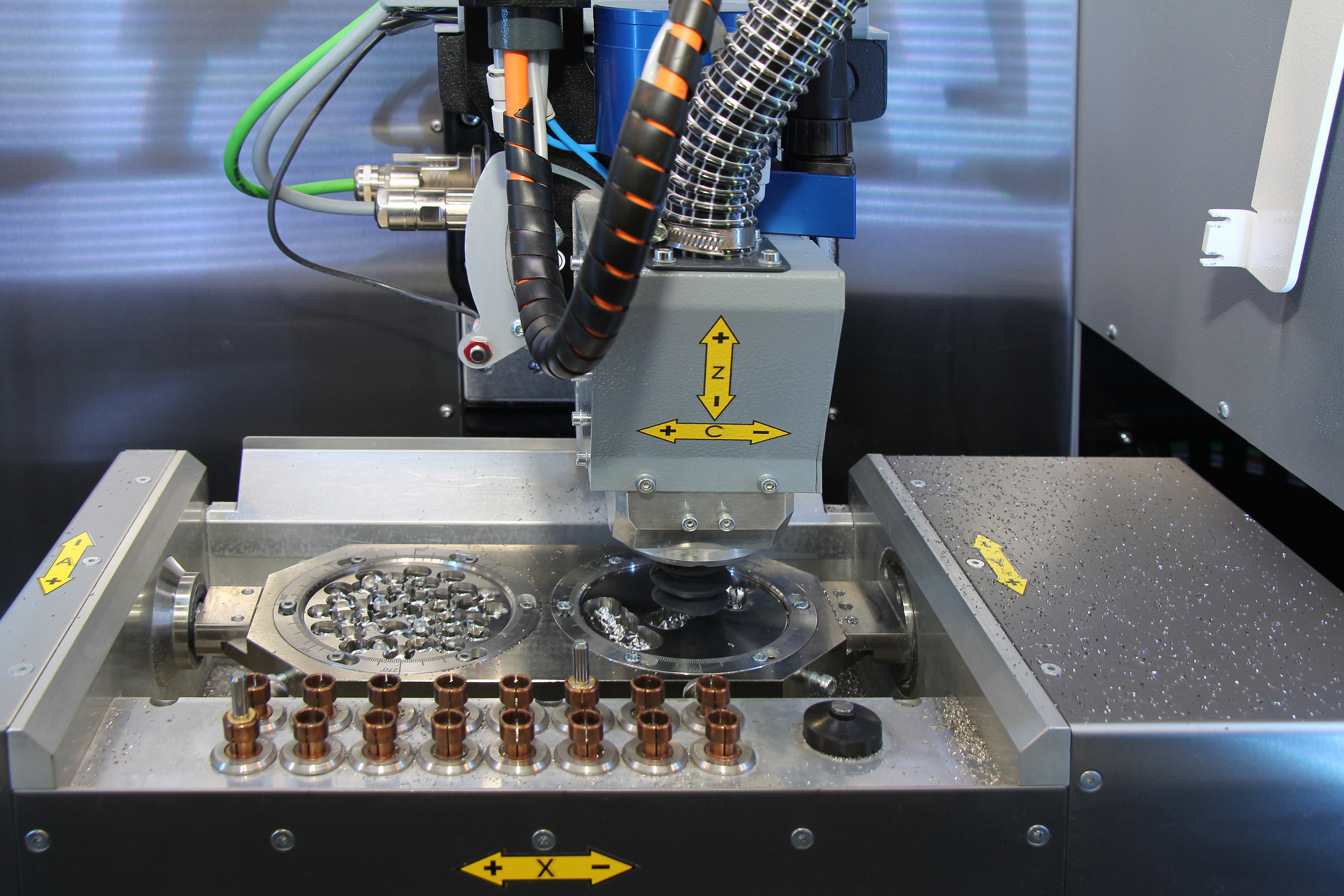What Are Dental Crowns?
Here at Comfort Care Family Dental, we want our Naperville patients to make informed choices about their dental care. For example, if we recommend dental crowns, we want you to understand exactly what those are and what’s involved. So here’s some basic information on the subject.
Sometimes called a tooth crown or a tooth cap, a dental crown is a cover the dentist puts over a damaged tooth. Once it’s on, the tooth looks normal and does the normal work it’s supposed to do, cutting, grinding, or what have you. Dental crowns are apt to make teeth stronger, too.

How Are Dental Crowns Made?
Dental crowns are manufactured from various substances including the following:
- Porcelain
- Porcelain fused to metal
- Metal alloy
- Ceramic
- Composite resin
Your dentist will help you choose the material that best fits your particular situation. He or she will recommend something that’s likely to fit well and look natural. (The natural look is often achieved in part by coloring the tooth crown to blend in with the patient’s natural teeth.)
The following considerations factor into deciding on a material:
- The tooth’s place in the mouth and the particular function it performs
- How much of the tooth is displayed when the patient smiles
- The color of the individual’s natural teeth
- The position of the gum tissue
- The patient’s preference; it’s possible, for example, that you want the flash of a gold crown
Why Specifically Do People Need Dental Crowns?
Dentists typically recommend dental crowns for the following reasons:
- The tooth is weak, perhaps because it’s worn down or cracked
- The tooth is discolored or misshapen and putting a tooth cap on will improve your smile.
- A cavity’s large enough that a filling isn’t practical
- The patient had a root canal and the dental crown is necessary to protect the tooth that had the procedure
How Do Dentists Place Dental Crowns?
The process generally requires two visits to the office and the following steps:
- The tooth is prepared. This means the dentist removes the outer portion of the crown so the tooth cap will fit. He or she also gets rid of any decay and builds up the core of the tooth if the dental crown is going to need additional support.
- The dentist takes an impression. The impression provides a precise model for the new dental crown. The impression can be generated via a mold or a digital scan.
- Often a temporary crown goes on to protect the tooth and prevent discomfort while the patient waits for the permanent dental crown to be created, which typically requires a week or two unless the dentist has the special equipment required to manufacture it the same day. It’s important to understand that the temporary tooth cap doesn’t provide all the advantages of a permanent one. The tooth may be susceptible to heat and cold, and it’s a wise idea to avoid gum and sticky foods lest you pop the temporary crown off.
- The dentist puts in the permanent dental crown and makes adjustments until the patient is satisfied with the look and feel. Then the dentist cements it onto the tooth.
Taking Care of Dental Crowns
Dental crowns are intended to last a long time if not forever. Still, it’s possible for them to break, and it’s possible for cavities to form underneath them. You can make these unhappy events less likely by following an effective daily dental health routine:
- Brush your teeth twice a day.
- Floss your teeth once a day.
- Don’t chew anything hard. That includes hard foods like hard candies, ice, and indigestible objects like pencils. This is an especially good tip if you have tooth-colored dental crowns.
- Use dental products with the American Dental Association Seal of Acceptance. The Seal tells you the products have passed ADA standards for effectiveness and safety.
If you’d like to learn more about dental crowns and find out if they’re a good dental treatment option for you, we invite you to schedule an appointment at our Naperville office.


